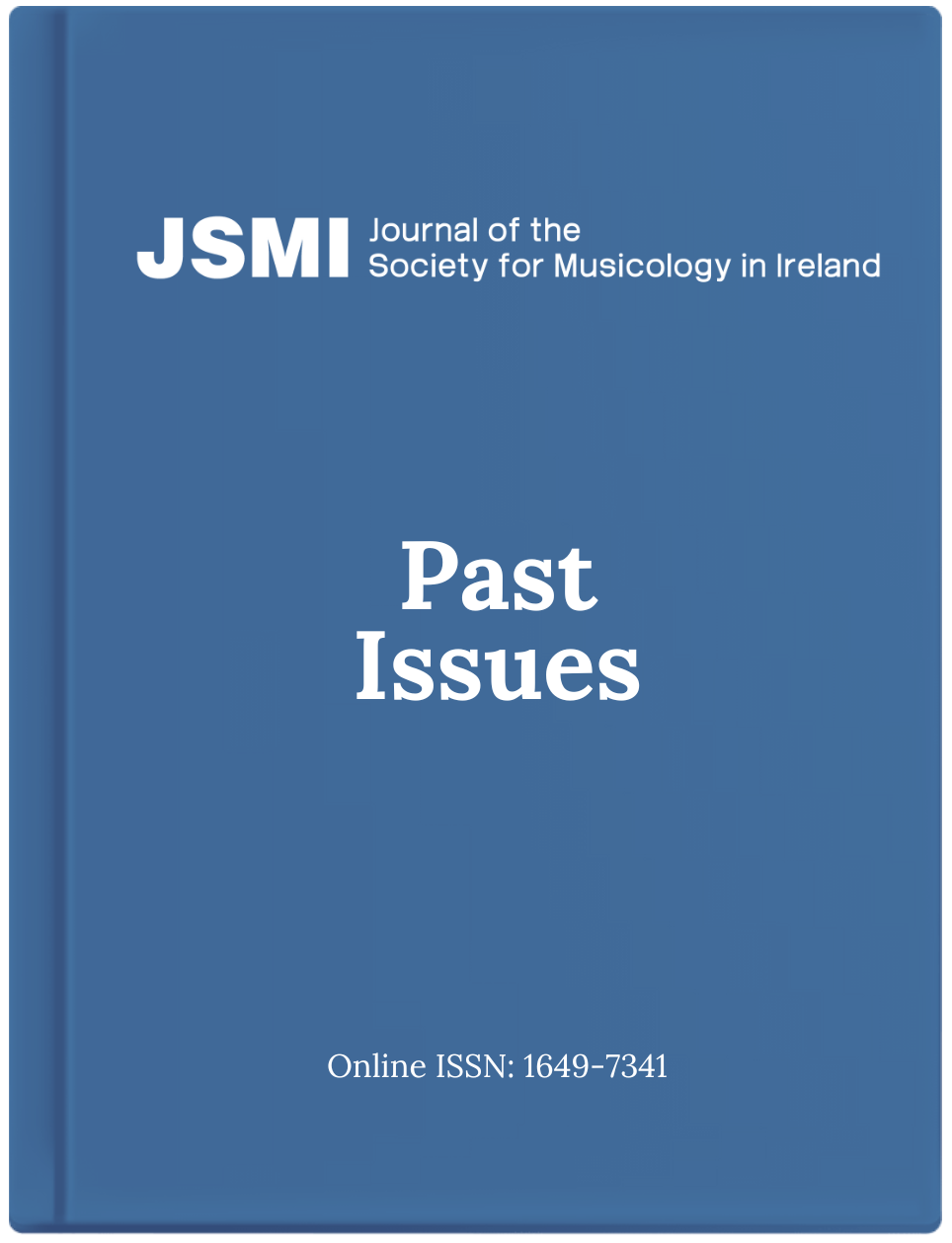Schenkerian Theory, Neo-Riemannian Theory and Late Schubert: A Lesson from Tovey
DOI:
https://doi.org/10.35561/JSMI08121Keywords:
Schubert, Schenker,Abstract
Current analytical studies on Schubert’s tonality have tended to favour either Schenkerian theory or, more recently, neo-Riemannian theory to explain the composer’s signature harmonic progressions. What remains unclear with respect to these two prevailing analytical purviews is the extent to which one may relate to the other.This article offers a new way of understanding how Schenkerian and neo-Riemannian views of Schubert’s late tonal practices may be complementary, using Tovey’s concept of key-relations from his article ‘Tonality in Schubert’ of 1928. It suggests that Tovey’s key-relations can function as a bridge between these two theories because they approximate parsimonious voice-leading operations while preserving chord function within a tonal hierarchy. In forming an intermediate pathway between Schenkerian diatony and neo-Riemannian theory’s parsimonious voice-leading operations, Tovey’s key-relations highlight the important contributions that Schenkerian theory and neo-Riemannian theory offer to our understanding of Schubert’s tonality.
Downloads
Published
Issue
Section
License
Copyright for articles and reviews published in this journal is retained by the authors, with first publication rights granted to the journal. By virtue of their appearance in this open access journal, articles are free to be used, with proper attribution, in educational and other non-commercial settings.
It is the responsibility of the author to secure (and, if necessary, pay for) written copyright permissions for the reproduction, in this online journal, of any illustrations, images, music notation, audio and video files, or any other copyright materials, that are included in the author's article.



